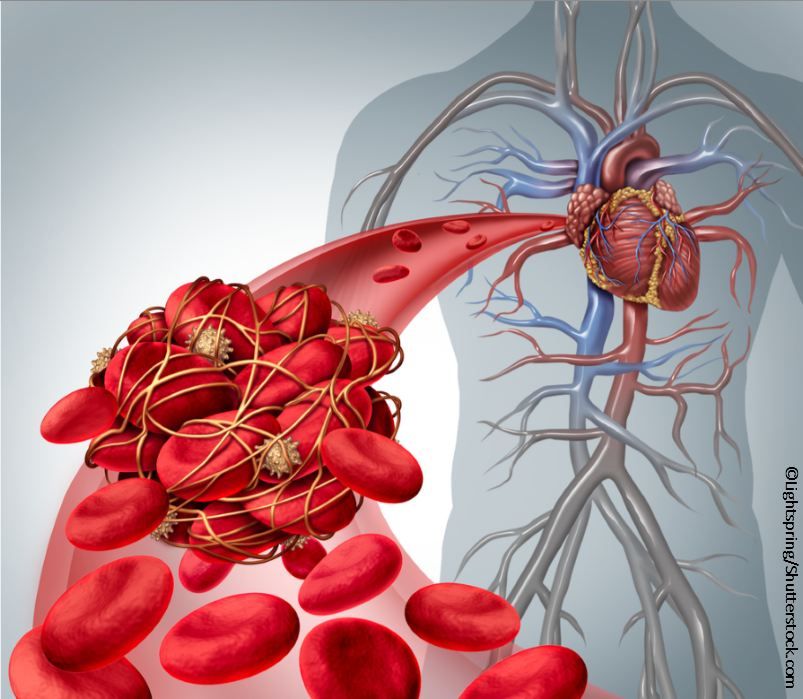- Clinical Technology
- Adult Immunization
- Hepatology
- Pediatric Immunization
- Screening
- Psychiatry
- Allergy
- Women's Health
- Cardiology
- Pediatrics
- Dermatology
- Endocrinology
- Pain Management
- Gastroenterology
- Infectious Disease
- Obesity Medicine
- Rheumatology
- Nephrology
- Neurology
- Pulmonology
Burden of Atrial Fibrillation in Patients with Ischemic Stroke is Substantial According to New Study
©Lightspring/Shutterstock.com

New research suggests that the burden of atrial fibrillation (AF)-related ischemic stroke (IS) is significant and may be a factor in in-hospital fatalities among more than half of adults aged ≥85 years.
Prevalence of AF, a well-known risk factor for IS and for more severe events, increases with age and will continue to rise as the US population ages. “Understanding the severity and fatality of AF-related IS will have profound implications for health systems and may better facilitate anticipatory guidance and AF treatment,” wrote authors of the new study presented on Thursday, February 10 at the annual International Stroke Conference, held February 9-11, 2022.
To evaluate stroke severity and hospital mortality, investigators utilized data from the National (Nationwide) Inpatient Sample databases between 2015 and 2018 and ICD-10 diagnostic codes to identify persons with IS and comorbid AF.
Researchers used the National Institutes of Health (NIH) Stroke Scale/Score (NIHSS) to characterize stroke severity in a subset of cases after October 1, 2016. Also, nonparametric statistics and logistic regression analyses were conducted to analyze any associations between AF and hospital mortality.
A total of 382 758 IS cases were identified, of which 99 566 (26%) had comorbid AF, according to the study abstract. Higher age, male sex, White race, obesity, and higher median income were associated with comorbid AF, while diabetes, hypertension, tobacco use, and hyperlipidemia were associated with reduced odds of comorbid AF.
Investigators found that AF increased linearly with age, present in 47% of all hospitalized patients with IS aged ≥85 years. Among in-hospital deaths due to IS, comorbid AF also increased with age, present in 59% of patients aged ≥85 years.
In addition, 5.8% of all patients with IS died during hospitalization, but mortality increased almost 2-fold in those with AF (9% vs 4.6%, P<.001), according to the study abstract.
NIHSS was reported for 21% of participants and was higher in patients with AF than those with IS (mean NIHSS 6 vs 9, P<.001). A high NIHSS was found to be the strongest predictor of hospital mortality, added researchers.
"The burden of AF in a nationally representative sample of hospitalized IS patients is substantial, present in nearly 50% of the 85+ age group. AF-related IS is more severe and more likely to be fatal. As our population ages, the prevalence of AF will only increase,” concluded investigators.
Reference: Steinberg A, Pankaj P, Marsden K, et al. Abstract TP189: Atrial fibrillation, age, and ischemic stroke severity in a nationally representative dataset. Stroke. 2022;53:ATP189. Published online ahead of print. doi.org/10.1161/str.53.suppl_1.TP189.
